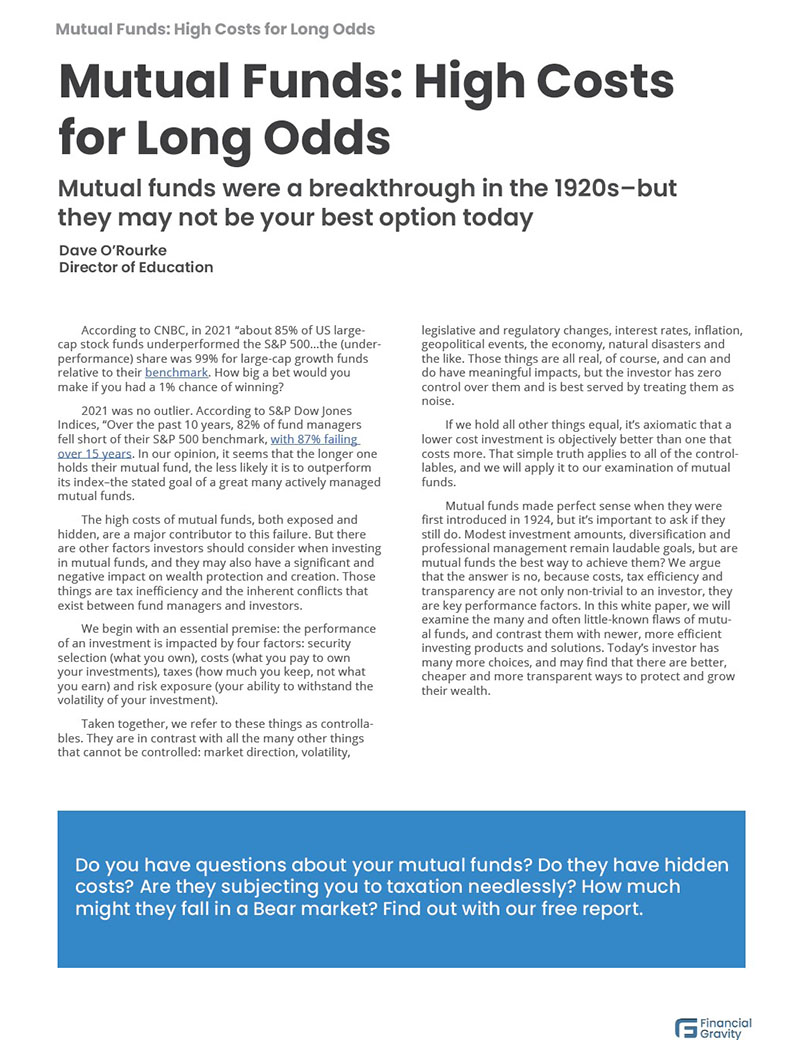Forty-six percent of Americans believe we are in a recession, according to a Morning Consult poll taken last February[1]. Since the long-held definition of a recession is two consecutive quarters of negative GDP growth, and the U.S. economy expanded 5.1% in the first quarter, it’s clear that we are not in a recession yet.
The American people may not be up on their economic terms, but they may be on to something. Rising interest rates, failing banks, and a housing slowdown are leading indicators of recessions. The Fed raised interest rates again earlier this month; the 10th time since March of ‘22[2]. Two large banks failed earlier this year, and First Republic Bank was seized and sold to JP Morgan Chase on the first of this month. Home prices declined in February, marking the first year-over-year decline in 11 years. So, we may not be in a recession now, but the signs and omens seem to point to one.
Predictions of recessions can be self-fulfilling prophecies. According to Money Magazine, people are cutting back on spending, increasing their savings, and even stockpiling food. Consumer spending is roughly 70% of GDP, so if enough families trim their spending, it will be felt in the numbers. This is what the Fed actually wants, believing that the only way to bring inflation back down to the desired 2% level will require a reduction in spending.
The Fed aims for a so-called soft landing, a situation where inflation is controlled without massive job losses or major stress on borrowers. The 30-year fixed mortgage rate is currently 6.52%, according to Bankrate, more than double what it was a year ago. The average monthly mortgage payment has risen 50% since March 2022. It’s hard to imagine that this will not have an impact on new home construction.
Will there be a recession, and how bad is it likely to be if there is one? And what should an investor do to prepare for a downturn?
The Kinder, Gentler Recession
Recessions in the U.S. have become relatively rare. There have been only three recessions this century, the “dot-com bubble,” the Great Recession, and the brief recession that hit at the beginning of the pandemic. History shows that we have had it pretty easy.
In the period following the birth of our nation, 1875 to 1836, recessions were more common than expansions. The young United States was in recession 51% of the time. The next period, 1836 to 1929, the so-called Free Banking Era, was also a time when recessions were common. Over that 93 years, the U.S. was in recession 44% of the time.
From the Great Depression onward, the U.S. has done much better, experiencing recessions just 17% of the time. If we just look at the record since the end of World War II, an 88-year period, we find 11 recessions, but what is most notable is how mild they have been. For example, peak unemployment during the Great Depression was 24.9%, but the worst employment decline since then (not counting COVID-19) was 10.8% in 1981. While many recessions in previous eras lasted for several years, the longest post-war recession lasted 18 months, and the average has been 11 months. The typical post-war downturn in GDP has been low single digits, and even in the Great Recession, GDP only fell 5.1%.
Less frequent, shorter, and less severe would be a fair characterization of recessions experienced by the huge majority of living Americans. That makes sense because we have far better information and controls than we had for the first 160 years of the republic.
Whatever its length, duration, and impact, it is likely (but not inevitable) that we will have a recession later this year or next. Sixty-four percent of economists forecast a recession in 2023[3], so we should look to the record to see what recessions have done to stock prices historically.
Beware Predictive Methods
Research done by RBC Capital Markets shows that the S&P 500 has dropped between 14% and 57% during recessions since 1953, and has averaged a drop of 32%[4]. It would be wise to expect the stock market to take a hit if we have another recession—but it would be wise to expect that even if there is no recession ahead. The market is inherently volatile and is down, on average, about one of every three years.
Market timing is defined by Investopedia as “the act of moving investment money in or out of a financial market—or switching funds between asset classes—based on predictive methods.[5]” We strongly urge our readers to resist “predictive methods” because we have never observed a reliable predictive method. Yes, some people have guessed right from time to time, but the simple truth is that guesswork is not worth the risks. The S&P 500 has returned about 10% per year since the 1920s, a rate of return sufficient to create substantial wealth, particularly if costs are kept low and smart tax avoidance strategies are implemented.
FactSet and J.P. Morgan Private Bank conducted a fascinating study in August of 2020, finding that Investing at all-time highs outperformed random entry into the markets. The average cumulative returns for 1, 3, and 5 years were all higher for the investor coming in at the top versus coming in on any day[6].
This data should be a wake-up call for investors planning to reduce their equity exposure or lower their risk allocations from a belief that a recession is looming. That is not the typical behavior of the most successful investors in the U.S., the billionaire class. These richest families understand that a market downturn is just “stocks going on sale,” an opportunity to lower their average cost of acquisition. The numbers, and the growing wealth gap in the U.S., seem to indicate that they are looking at things the right way.
Another thing the billionaire class enjoys is complete transparency. We can provide a report to you that is designed to give you clear insight into what your total costs actually are, how tax efficient your allocations are, if you’re under- or over-diversified, and what your maximum downside risk exposure is.
Sources:
[1] money.com
[2] politico.com
[3] bankrate.com
[4] finance.yahoo.com
[5] investopedia.com
[6] forbes.com


